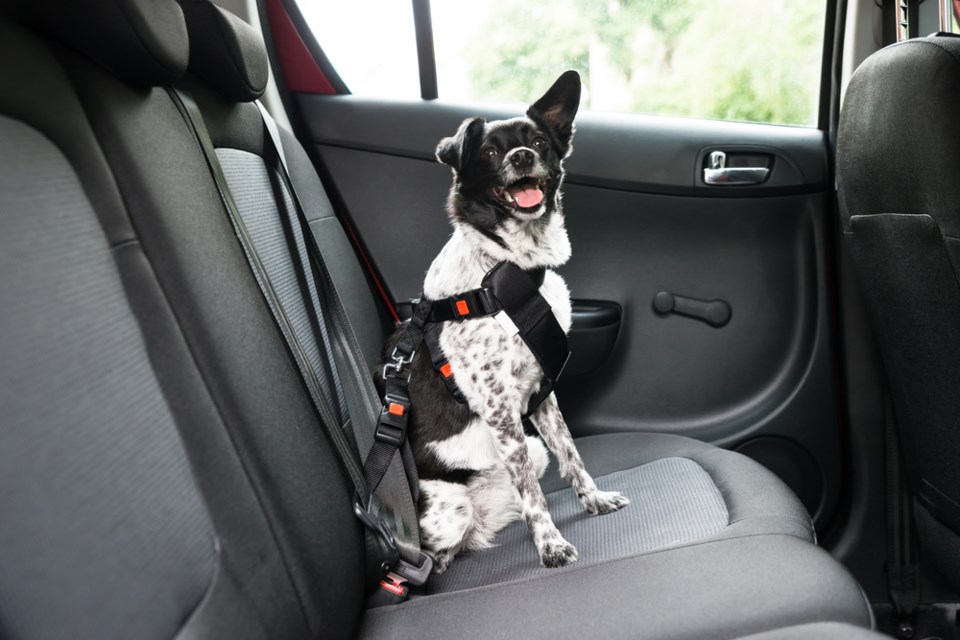Although most people are aware that animals should never be left in a hot car, many pet owners do not realize just how quickly the vehicle can become a death trap, according to B.C. Society for the Prevention of Cruelty to Animals (B.C. SPCA).
On Thursday, July 4, the non-profit animal welfare group launched its #NoHotPets campaign to remind the public of the severe threat hot weather has for animals, and what to do if a distressed pet is observed.
“Even on a cloudy day, parked in the shade with the windows rolled down, a vehicle can reach temperatures that put animals in peril in just 10 minutes,” said B.C. SPCA general manager of communications Lorie Chortyk. “Dogs can’t release heat from their bodies in the same way that humans can; they can only dissipate heat by panting and through the pads of their paws, so their internal temperatures reach dangerous levels very quickly.”
Each year B.C. SPCA receives hundreds of calls to rescue dogs in distress in hot vehicles, according to Chortyk.
“Sadly, some dogs have already died by the time we are called,” she said. “It is so tragic because it is a completely preventable death.”
The group urges people to take the following steps if they see an animal in a hot car:
1. Note the licence plate, vehicle colour, make and model and ask managers of nearby businesses to page the owner to return to their vehicle immediately.
2. If the animal is in distress, call the police, RCMP, local animal control agency or the B.C. SPCA call centre at 1.855.622.7722 as soon as possible. The call centre is open seven days a week, Monday to Friday from 9 a.m. to 5:30 p.m., and Saturdays and Sunday between 9 a.m. and 5 p.m. Emergencies outside of those hours should be reported to the RCMP.
“We also encourage people to keep our call centre number in their phones so they can access it easily if they see an emergency situation,” said Chortyk. “Members of the public should not attempt to break a window to free a pet themselves. Not only can this be dangerous for the animals if they are struck by glass, but it is also illegal and puts the good Samaritan on the wrong side of the law.”
Signs of heatstroke in an animal include exaggerated panting, or the sudden stopping of panting, rapid or erratic pulse, weakness, lack of coordination, convulsions, vomiting and collapse. If an animal is showing these signs, B.C. SPCA recommends it be moved to a cool, shady place and wet with water, but not ice, which constricts blood flow and discourages cooling. The animal should be fanned and allowed to drink some cool water or lick ice cream if water is not available, and taken to a veterinarian as soon as possible.
To learn more and to order a #NoHotPets car decal, go to spca.bc.ca/nohotpets.
— Sara Donnelly, Powell River Peak



